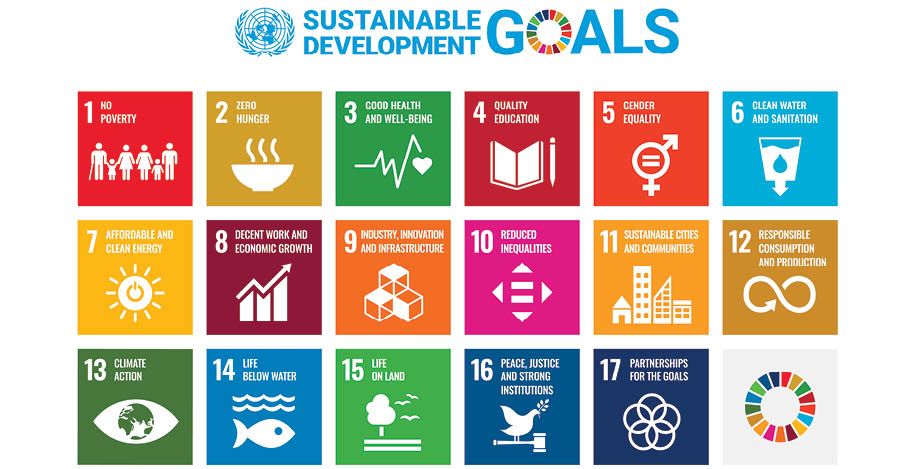Biomimicry for Designers
The Why

Cooling the World is Warming the Planet
As the world warms due to human-induced climate change, cities face a double whammy. High-density urban areas create urban heat island effects that heat cities. To cool them down, buildings rack up the air conditioning. These air conditioners emit more heat and make the city hotter.
Buildings contribute to 20% of Singapore’s carbon emissions.
60% of office building energy consumption is attributed to cooling. (Source: BCA Super Low Energy Roadmap)
As South East Asia urbanizes, space cooling is expected to be one of the fastest-growing uses of electricity to 2040. (Source: Energy Outlook Report).
Thermal comfort, health and productivity
An analysis of user thermal comfort in Singapore shows that even under completely shaded conditions, building occupants spend most of their time in the ‘caution’ and ‘extreme caution’ sections for the Outdoor Work Heat Index. This applies to the wider tropics and could get worse under future climate change scenarios and lead to heat strokes and other heat-related injuries.
A study from Singapore suggests that occupants who are more satisfied with their thermal environment have better work productivity.

Push to Low Carbon Economy
Singapore’s Green Mark 2021 aims to raise energy efficiency standards by mainstreaming the uptake of Super Low Energy buildings and aligning with the United Nations (UN) Sustainable Development Goals (SDGs). Under the Green Mark’s Building Code (Environmental Sustainability) Amendments 2021, tighter base requirements for Envelope and Roof Thermal Transfer and new indicators for carbon reduction measures are required to satisfy the regulatory requirements. These indicators include enhanced building envelope performance and naturally ventilated space design.
Singapore Green Building Masterplan is also pushing its 80-80-80 target. 80% of new developments to be Super Low Energy by 2030.
Basics of Biomimicry
Nature has a head start in innovation having spent more than 3.8 billion years in R&D through evolution. This is much longer than the human industrial revolution.
The Biomimicry Institute defines biomimicry as
“an approach to innovation that seeks sustainable solutions to human challenges by emulating nature’s time-tested patterns and strategies.
The goal is to create products, processes, and policies—new ways of living—that are well-adapted to life on earth over the long haul.”
“Stick like a gecko, compute like a cell, even run a business like a redwood forest “
– Janine Benyus, Co-Founder, Biomimicry Institute
Six-step Design Process
Six-step design process by Ruiee Dhuri/bioSEA. Adapted from Biomimicry Toolbox



